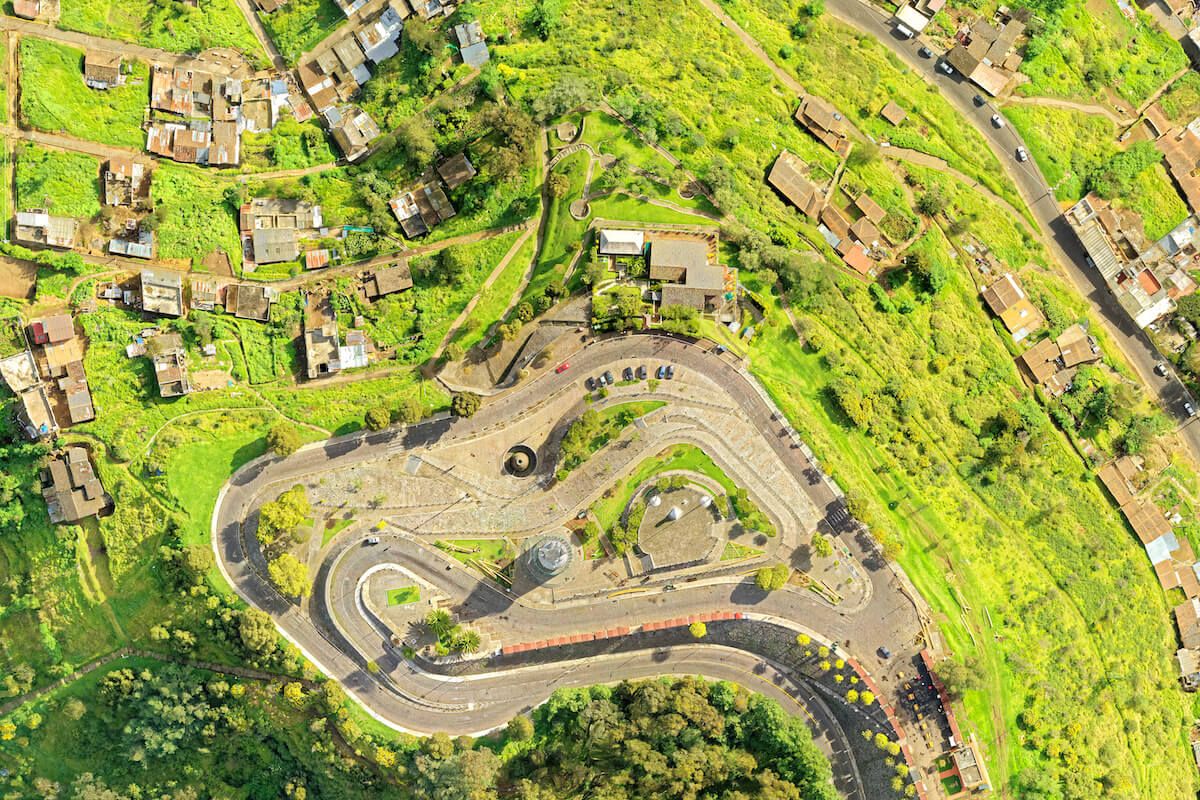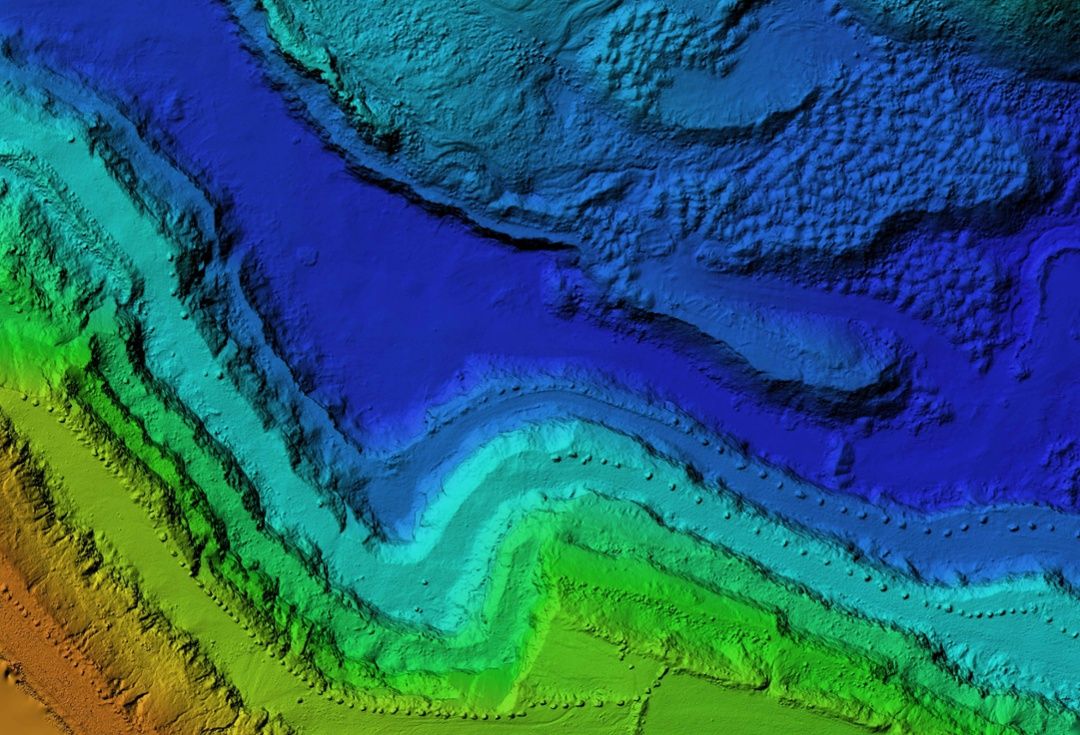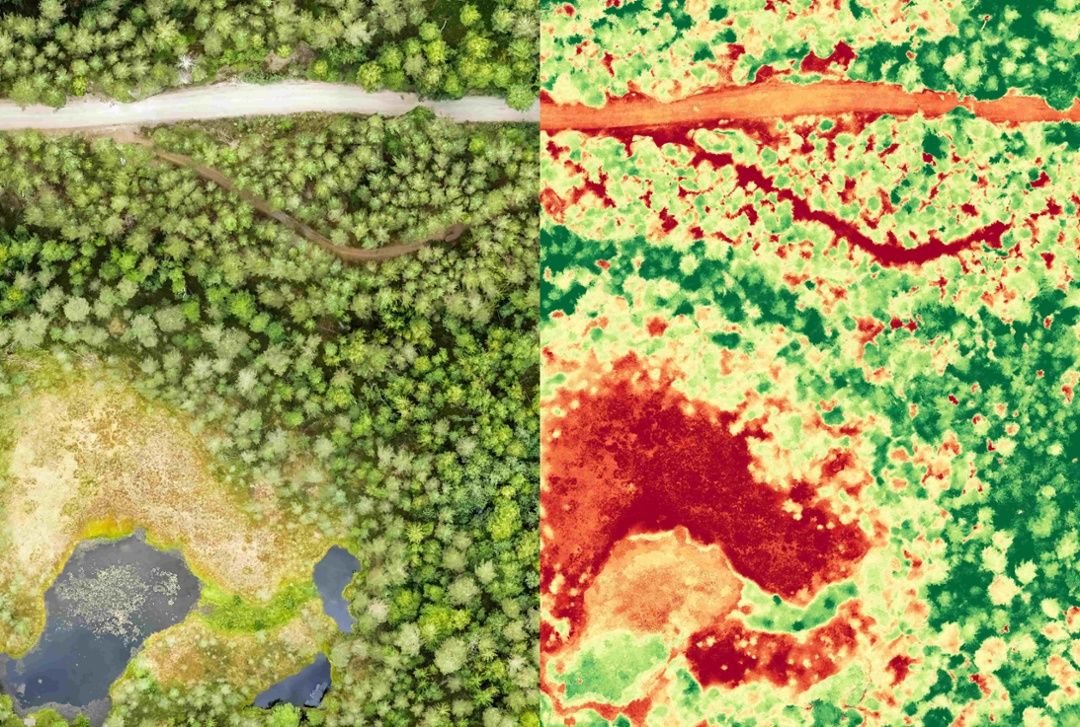Archives
- July 2023
- June 2023
- May 2023
- April 2023
- March 2023
- February 2023
- January 2023
- December 2022
- November 2022
- October 2022
- September 2022
- May 2022
- April 2022
- March 2022
- February 2022
- January 2022
- November 2021
- October 2021
- March 2021
- July 2020
- May 2020
- April 2020
- March 2020
- December 2019
- October 2019
- September 2019
- June 2019
- May 2019
- April 2019
- September 2018
- June 2018
The Aerial Perspective Blog
Local to Global: Environmental Remote Sensing Applications
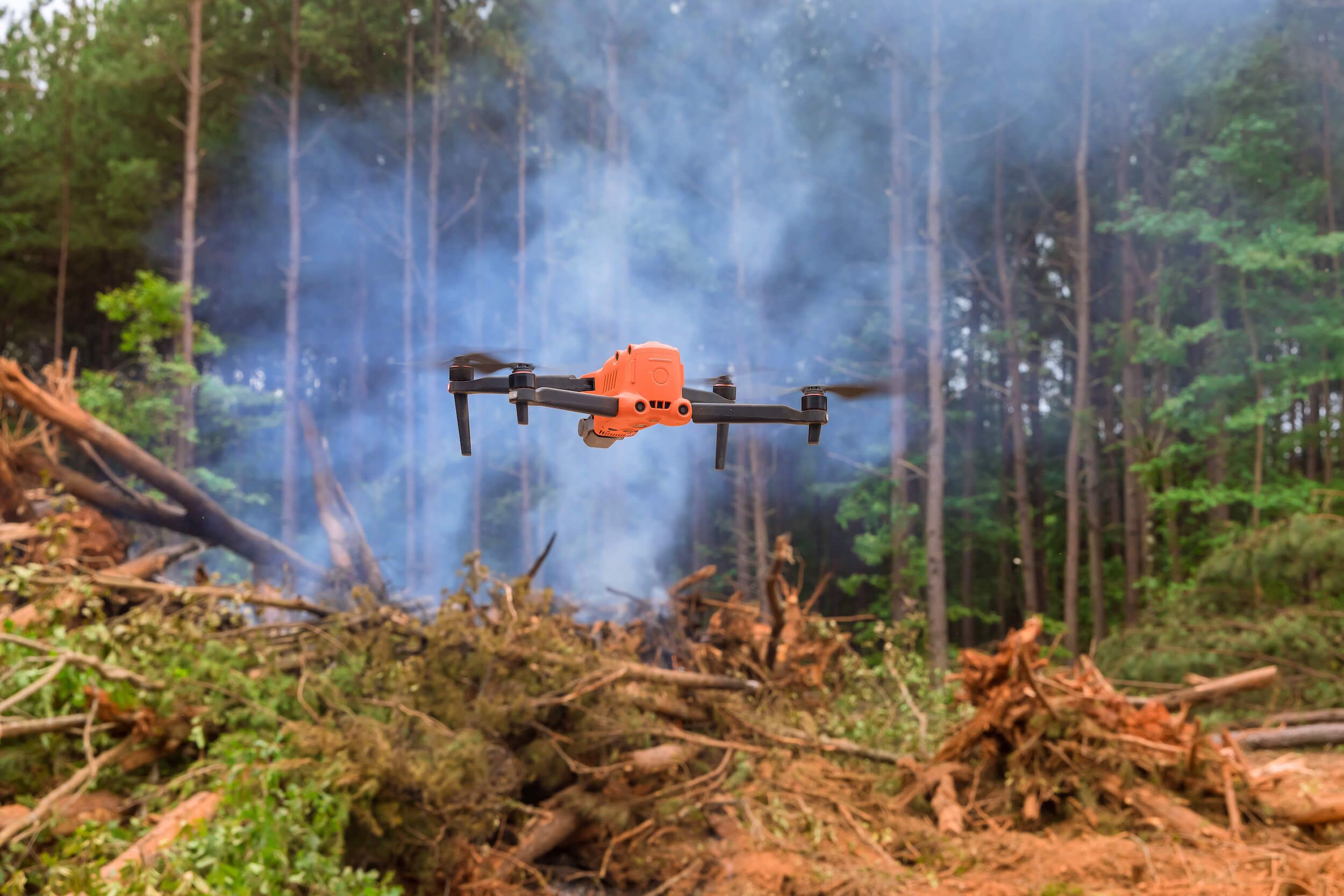
Modern mapping and imagery technologies have a broad range of applications for businesses, governments, farmers, and more. Using drones in combination with various sensors and processing software allows stakeholders to operate more efficiently, collaborate effectively, and make more informed decisions. Environmental remote sensing technology, in particular, has the potential to benefit a significant stakeholder: the earth.
From the local scale to global efforts to combat climate change, remote sensing for environmental management is having a positive impact on communities and the planet.
What Is Remote Sensing?
Remote sensing is the use of special cameras to collect data to monitor the physical characteristics of an area without coming into contact with it. Remote sensing data is based on the electromagnetic radiation that is reflected or emitted by objects. Visual inspection or software can be used to analyze the data to identify or classify the objects.
Planes or satellites historically captured aerial images, but drones have made remote sensing even more accessible to more people. Depending on the application, drone sensors might measure infrared or microwave radiation.
Applications for Remote Sensing of the Environment
Depending on the detection technology being used, remote sensing of environmental metrics can measure temperatures, identify plant species, calculate population density, and much more. These are just a few of the ways remote sensing is being used in environmental applications:
Disaster Relief
Accessing an area after a natural disaster can be logistically challenging, especially when time is of the essence. Teams can use remote sensing to quickly evaluate damage and help them prioritize relief efforts. For example, remote sensing was used in Operation Blue Roof to measure roof damage so responders could provide fast temporary repairs until someone could make permanent repairs.
Disaster Risk Management
Prevention is obviously a better path when it’s possible to avoid an environmental disaster. Remote sensing of environmental conditions helps us better predict extreme weather events and prepare for them. Even if these types of disasters can’t be completely avoided, advance knowledge can reduce the risk of damage to property and people. From tracking storms to identifying areas at high risk for flooding, remote sensing provides the information communities need to prepare for the worst.
Conservation and Ecological Management
Scientists can use remote sensing to identify various plant and wildlife species in an area, allowing them to track trends and monitor changes over time by identifying invasive species, seeing the effects of introducing new wildlife, and mapping sensitive ecosystems. Based on the data collected and analyzed through remote sensing, environmental managers can make informed decisions about when to intervene and how to reduce our impact on the environment.
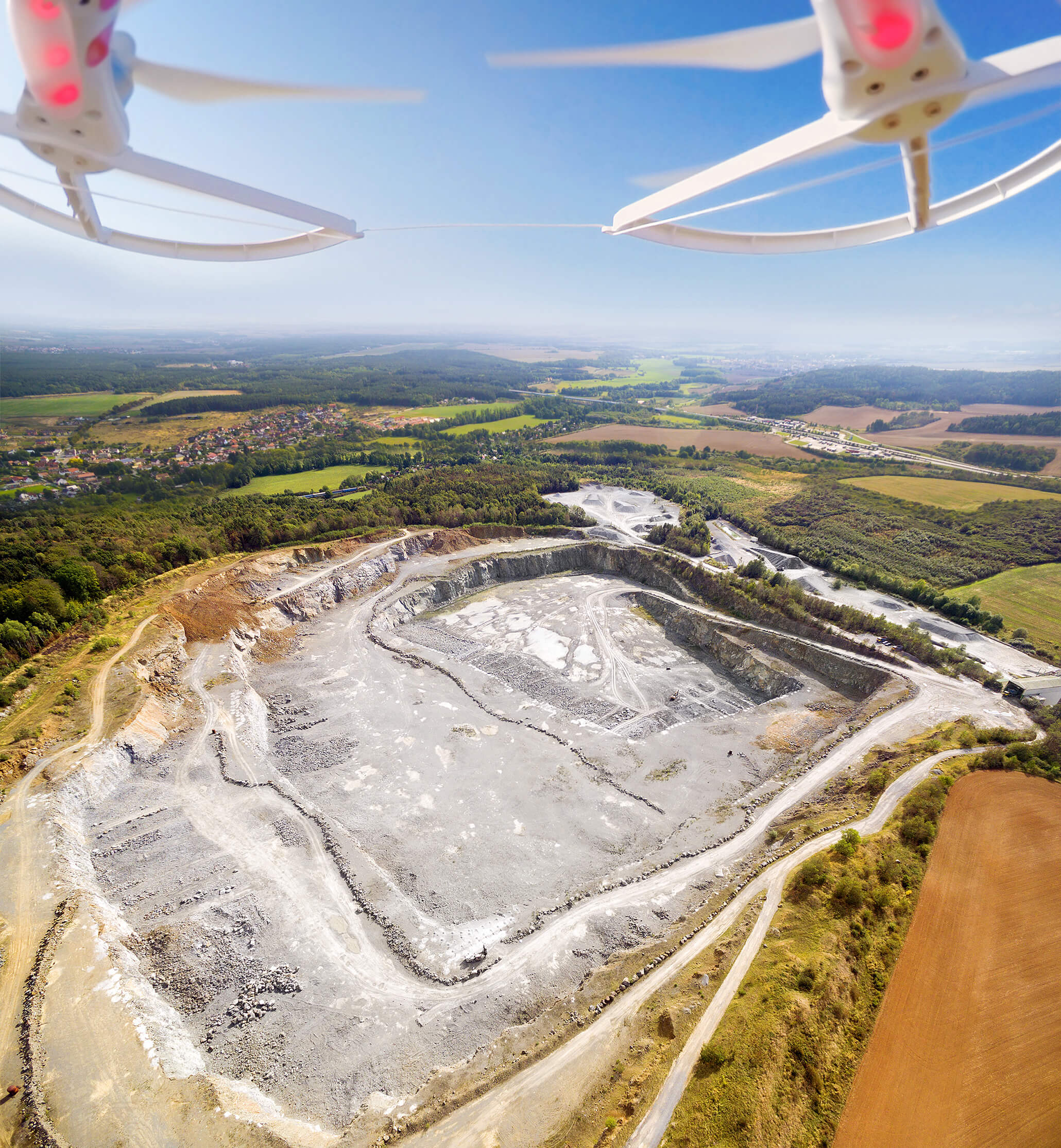
Fighting Wildfires
Wildfires are part of the natural cycle in a forest ecosystem, but when they rage out of control or threaten communities, intervention is required. Teams use remote sensing of the environment to identify hot spots that aren’t visible from the ground, so they can address them before they become a real threat. They also use remote sensing data combined with other information, such as wind speed and direction, to make predictions and plan their efforts accordingly.
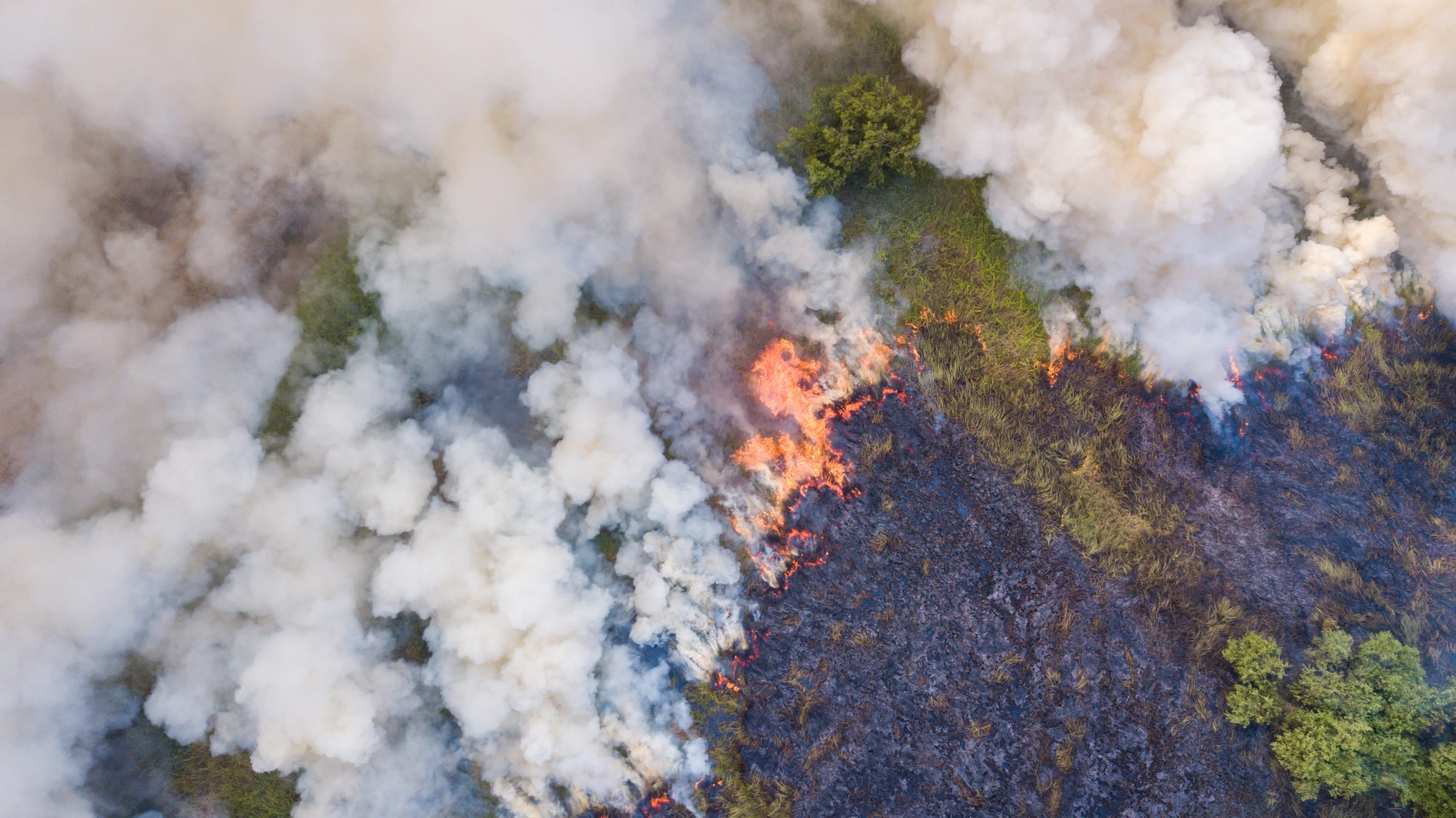
Land Management
Remote sensing can show how land has changed over time, including areas of soil erosion, vegetation density, and other markers used to inform conservation strategies. Land managers can use this data to identify areas with the highest risks and develop plans to address them.
Waterway Management
Remote sensing of environmental factors helps scientists monitor important metrics of our waterways, such as pollution of local rivers and streams and global sea ice levels. For example, scientists are using remote sensing to identify plastic pollution in rivers.
Remote Sensing with Mapware
Those in both the public and private sectors use Mapware photogrammetry software for a variety of remote sensing of environmental applications in both the private and public sectors. Our AI-powered software quickly processes large remote-sensing datasets, so you can have all the information you need at your fingertips. Cloud-based storage makes it easy for teams to collaborate, no matter where in the world they are located.
Ready to put Mapware to work for you? Start a free trial today!

Join our mailing list to stay up to date on the latest releases, product features and industry trends.
Mapware needs the contact information you provide to us to contact you about our products and services. You may unsubscribe from these communications at any time. For information on how to unsubscribe, as well as our privacy practices and commitment to protecting your privacy, please review our Privacy Policy.
